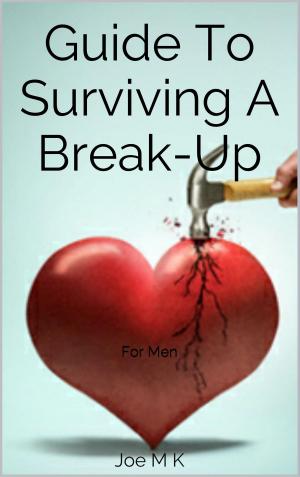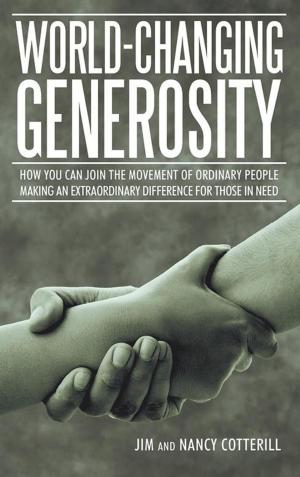| Author: | Ingrid Fredriksson | ISBN: | 9789186799199 |
| Publisher: | Siljans Måsar Publishing House | Publication: | May 27, 2014 |
| Imprint: | Smashwords Edition | Language: | English |
| Author: | Ingrid Fredriksson |
| ISBN: | 9789186799199 |
| Publisher: | Siljans Måsar Publishing House |
| Publication: | May 27, 2014 |
| Imprint: | Smashwords Edition |
| Language: | English |
Relying only on the kind of thing that can be proved by numbers creates, among other things, an emotional gulf between patients and their doctors. More than fifty years ago, the American philosopher William James, speaking of the possibility of an eventual return to a more personal approach, stated: ‘The rigorously impersonal view of science might one day appear as having been a useful eccentricity rather than the definitely triumphant position which the sectarian scientist at present so confidently announces it to be.’ Leonard Laskow has noted that ‘something in the relationship between the doctor and the patient comforts and makes healing easier’. He has also developed techniques to try to describe systematically and predictably what modern medical science has lost. In one experiment, two identical groups of bacteria were exposed to antibiotics which normally would have inhibited their growth. But before the antibiotics were added, loving energy was focused on one of the groups of bacteria. The group that was protected by loving energy survived and continued to be mobile, while the control group wasted away. A number of similar experiments finally convinced Laskow that the results he got with energy healing could not be ascribed only to the psychological placebo effect or even to psychoneuroimmunology in general. In order to understand how our thoughts or feelings can influence our body, we must understand that our body is not only physical, or material. Einstein accepted that matter and energy are equivalent and mutually interchangeable aspects of a single underlying reality or ‘universal field’. In other words, everything is energy in different phases of vibration and motion. Just as the sea consists of many currents and waves that are moving simultaneously in various directions and with varying force, so our body consists of many pulsating, interacting energy fields. Though we think of our body as a solid physical mass, its mass is quite simply energy that has been given that particular form. Within the energy system we call the human body are a great many subsystems that contribute to healing us and keeping us healthy. These include the lymphatic system, the circulatory system, the nervous system, the muscular system, the immune system, the digestive system, and the endocrine system, and all of these act together. Each one of them is receptive to the subtle energies that come from both inside and outside the body.
Relying only on the kind of thing that can be proved by numbers creates, among other things, an emotional gulf between patients and their doctors. More than fifty years ago, the American philosopher William James, speaking of the possibility of an eventual return to a more personal approach, stated: ‘The rigorously impersonal view of science might one day appear as having been a useful eccentricity rather than the definitely triumphant position which the sectarian scientist at present so confidently announces it to be.’ Leonard Laskow has noted that ‘something in the relationship between the doctor and the patient comforts and makes healing easier’. He has also developed techniques to try to describe systematically and predictably what modern medical science has lost. In one experiment, two identical groups of bacteria were exposed to antibiotics which normally would have inhibited their growth. But before the antibiotics were added, loving energy was focused on one of the groups of bacteria. The group that was protected by loving energy survived and continued to be mobile, while the control group wasted away. A number of similar experiments finally convinced Laskow that the results he got with energy healing could not be ascribed only to the psychological placebo effect or even to psychoneuroimmunology in general. In order to understand how our thoughts or feelings can influence our body, we must understand that our body is not only physical, or material. Einstein accepted that matter and energy are equivalent and mutually interchangeable aspects of a single underlying reality or ‘universal field’. In other words, everything is energy in different phases of vibration and motion. Just as the sea consists of many currents and waves that are moving simultaneously in various directions and with varying force, so our body consists of many pulsating, interacting energy fields. Though we think of our body as a solid physical mass, its mass is quite simply energy that has been given that particular form. Within the energy system we call the human body are a great many subsystems that contribute to healing us and keeping us healthy. These include the lymphatic system, the circulatory system, the nervous system, the muscular system, the immune system, the digestive system, and the endocrine system, and all of these act together. Each one of them is receptive to the subtle energies that come from both inside and outside the body.















